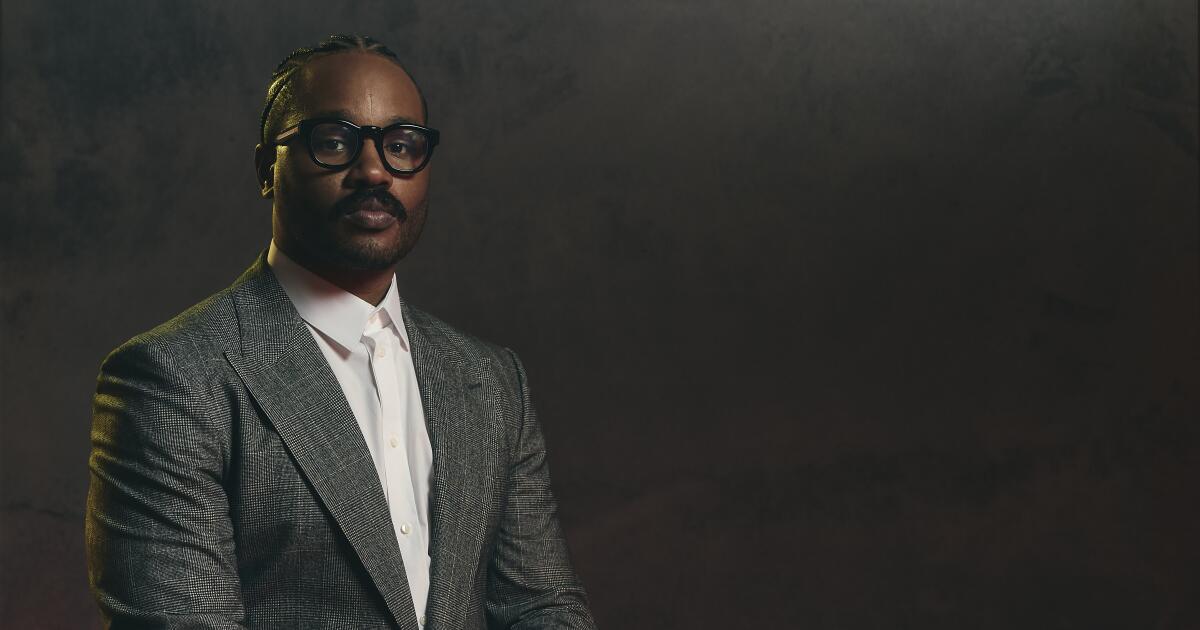An oral history of the 'Sinners' musical sequence: Inside the year's best scene

This is read by an automated voice.Please report any issues or inconsistencies here.
Ryan Coogler was deep into writing “Sinners” when he realized the movie was missing something: He needed a moment that would jolt the audience and plunge them into a different space.“Instead of watching the rest of the movie from here,” Coogler tells me, pointing to his head, “you take them here,” he says, patting his heart.
“Like ripping you out of one movie and dropping you into another.”As a moviegoer, Coogler is addicted to those perspective-shifting moments — Ricky getting shot in “Boyz N the Hood,” Bambi’s mom meeting her demise, the housekeeper returning in “Parasite.” “I remember every movie that made me say, ‘Yo, what the f—,’” Coogler says.“And I was feeling like, ‘Man, I don’t know if I’ve given people that feeling enough.
I haven’t taken enough of those risks when I’m making my movies.”So Coogler wrote a scene that wound up becoming the centerpiece of “Sinners,” the critically acclaimed, genre-defying blockbuster that explores the intrinsic power of American blues music and Black life in the Jim Crow South within the context of a vampire horror movie.If you’ve seen “Sinners,” you know the moment.
Nearly an hour into the movie, the juke joint operated by twin brothers Smoke and Stack (both played by Michael B.Jordan) is up and running and young Sammie (Miles Caton) steps into the spotlight and starts singing.
In a voice-over, we’re told that some musicians have the gift to make music so powerful it can summon spirits from the past and the future.And, as the screen opens in the Imax format, we see just that happening, creating a party so popping that it sets the roof on fire.
“Sinners” is a movie so audacious in design and rich in detail that you’d need a book to explore it with the depth that it demands.So in talking with Coogler and his longtime department heads, a movie family that includes O...


